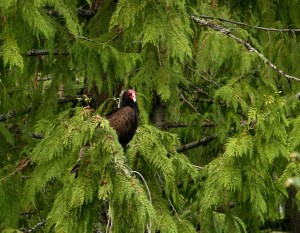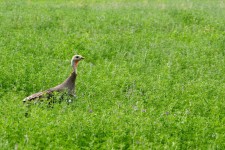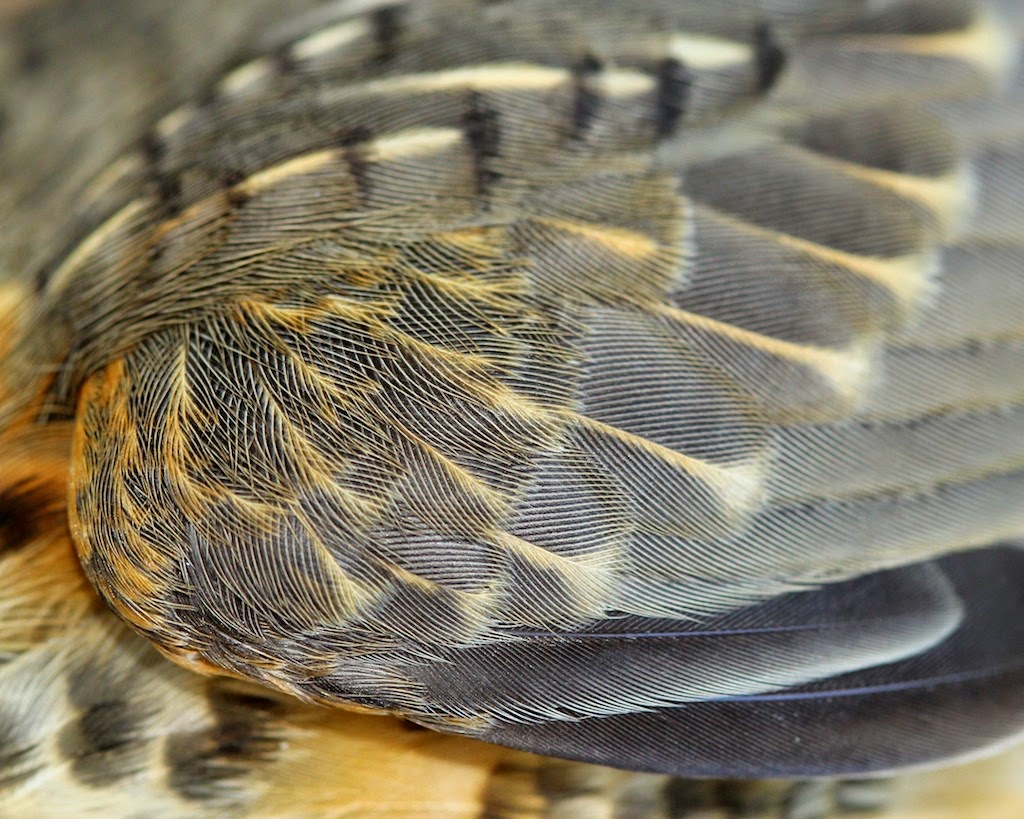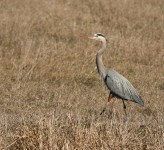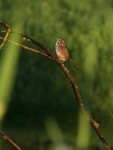The ruckus of magpies and ravens caught my attention as I walked up the road. As I approached, the magpies, ravens and eagles flew off but the large, red-headed turkey vulture kept its place on the limb above the scavenged deer.
Without a doubt, I could see why the turkey vulture was named after a turkey–the red, featherless, wrinkled head. One ugly bird.
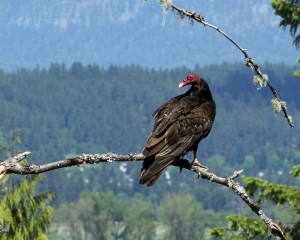
Turkey vultures only spend the summer in North Idaho. Come autumn, they migrate to Mexico, Central America or South America.
The featherless head serves the turkey vulture well when it buries its head deep into a carcass to pull out meat. Instead of needing to clean feathers, the turkey vulture allows the sun to bake any parasites or dried bits of meat off its head.
Turkey vultures primarily feed on carrion, including roadkill, dead livestock and fish carcasses. They will also ingest maggots, worms and other invertebrates while feeding on carcasses. While sight may help them find carrion, their noses are the primary detectors of the next meal. Turkey vultures possess an extremely strong sense of smell and can smell a rotting mouse from 200 feet up in the air.
Even though they are part of nature’s clean-up crew, turkey vultures are picky eaters by preferring “freshly dead” meat. Turkey vultures usually won’t find fresh carrion on the day it was killed because there isn’t enough odor. They almost always find the carrion on the second or third day when it begins to rot. Often by the fourth day, they will rarely visit the carrion because the meat is too rotten to eat.
Eating rotting meat requires a strong stomach and turkey vultures combat this with powerful enzymes in their digestive juices that kill bacteria–even bacteria that causes serious food poisoning.
Not only does the turkey vulture clean up nature’s freshly deceased, it kills the bacteria and diseases within the animal. Researchers have found that the turkey vulture’s scat contains no trace of diseases present in the carrion.
Few animals harass turkey vultures and their nestlings. If an animal doesn’t heed the loud, hissing warnings of being too close, the vulture can projectile vomit partially digested rotten meat up to 10 feet away.
Predators also stay away from turkey vulture nests because of the repulsive smell of regurgitated rotted meat fed to the young.
Turkey vulture nests are the most basic of nests–a spot to lay eggs. They lay one to four eggs with no nesting material in crevices, caves, stumps, hollow trees, cliff ledges or on the ground. Occasionally, they will lay eggs in an abandoned stick nest of a large bird.
Young vultures are noisy like other young birds but the adults are quiet birds. Turkey vultures lack the same vocal structures of other birds and can only hiss, grunt and make barking sounds.
Unlike other birds that prey on meat, turkey vultures have weak legs and feet because they feed on dead meat and don’t capture prey. Their legs aren’t strong enough to carry food away from the kill site, so they gorge themselves until full. Then they fly to a limb and sit sleepily while they digest the meat.
Carrion can be few and far between but turkey vultures are amazing gliders. With their six-foot wing span, they can ride thermals and mountain updrafts for nearly six hours without flapping. Compared to other soaring birds, the turkey vulture holds it wings in a deep “V” as it flies.
Once the sun has warmed the land to create thermals, turkey vultures take to the skies to sniff out carrion at just the right stage of rotting. Scavengers don’t live a glorious life but the world would be dirtier without them.

